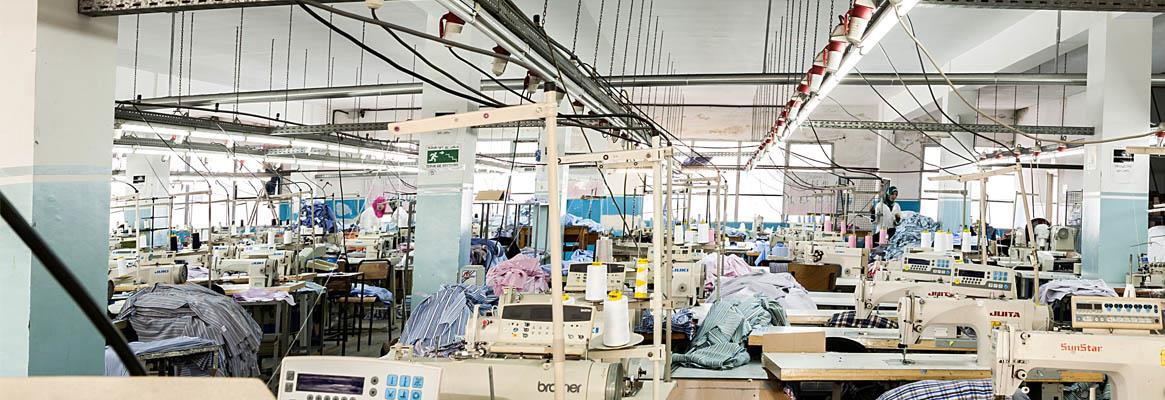The ultimate goal of an efficient supply chain is to provide value to the end consumer, says Yamini Jain.
What is Real Time System?
A real time system works in, literally, real time. It is an Information Technology (IT)-enabled scheme providing necessary information to users as soon as things are rolled out. It is important for an apparel exporter who wants to ensure smooth workflow to share information in real time within and between departments.
Sharing information in real time is useful for all involved in the supply chain of apparel manufacturing, which is an inter-connected web of various stakeholders like vendors, manufacturers, distributors and retailers.
The goal of an efficient supply chain is to provide value to the end consumer. In addition to financial and information flows, there is significant physical flow between supply chain members including raw materials, work-in-process inventories, finished products and returned items. Managing the flow amongst these entities requires a system to coordinate the interaction so that they can work effectively. However, integrating the supply chain is not easy. It becomes even more challenging for a large group as the number of people and processes increases.
For now, we shall look at the garment manufacturing side of the supply chain.
Purchase
Fabric and trims Store
Cutting
Sewing
Finishing
Packing
Support departments like documentation, finance, IT etc
The Need for Real Time System
Here are examples across departments of an apparel industry to identify the need for real time information sharing.
1 A majority of small factories struggle to get timely production status. There is no transparency in sharing information. One can find a gap between actual production on the floor and production figures in status reports. The process can only improve with correct and timely data from a real time system.
2 Data recorders in a factory capture production data and make reports, which are then compiled. However, by the time the final compilation is made, many parameters change. Most of the time, better action cannot be taken on time as people do not bother to analyse collected data to share with top management. So, a factory needs support from a sound floor control system and adequate data.
3 It is important to have a real time shop floor production tracing system to capture information and various reports of day-to-day activities to track processes in real time. Then, with just the click of a mouse, someone who needs the information can find out the number of pieces stitched up to that particular time.
4 Lack of accurate information results in wrong inventory estimates at various stages of the supply chain resulting in variation among exact requirements, orders placed and delivered inventory. This is the bullwhip effect. Lack of visibility reduces real time inventory traceability which results in common problems of obsolescence of the inventory, overstock of the existing inventory in stores and stock outs of the running inventory. For example, certain exporters with a good tracking system can see the amount of fabric in the fabric store, how much is issued and how much is in balance. All the information is regularly updated in their software.
5 For retailers, the focus is on making smarter decisions about stock levels. If a retailer stocks too little, or the wrong merchandise mix, he misses out on prospective sales. If he stocks too much, he risks markdowns and price erosion.
Many apparel exporters are now using various software systems for real time tracking of their processes through Enterprise Resource Planning or ERP, and other systems.
One such example is the Radio Frequency Identification (RFID) on the sewing floor which tracks operations and can generate reports beneficial for the line supervisor and factory floor in-charge to take remedial actions against bottleneck operations and reward good performers.
Retailers can maximise every square foot on the floor with in-store business intelligence systems which work in real time to monitor their day-to-day activity.
Targeted decisions about merchandising and promoting products can be achieved through data from network-based videos and existing sources which can be consolidated in various reports that are easy to use and understand. This will ensure maintaining world class customer service.
Customers will enter the store with a clear purpose and leave happy with purchases. However, a lot is still to be explored in the industry and it leaves scope for improvement as far as real time information sharing is concerned in the apparel industry.
About the author:
Yamini Jain is a senior consultant at ThreadSol. She is a fashion technology graduate from NIFT and did her MBA from IIFT, Delhi.








Comments